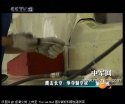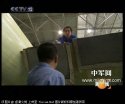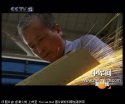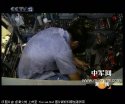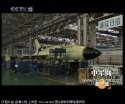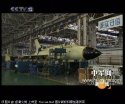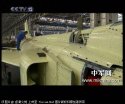The original purpose of J-8 no longer applies to today's situations. Today's PLAAF no longer faces threats of supersonic bombers from two superpowers. J-8II is superior to J-8 in every aspect, but it still retain it's predecessor's characteristics: big, fast, high-flying, but not very manuverable, especially compared with newer fighers like Su-27. Even the older J-7 is more agile. As far as I know, after extensive upgrades the J-8II is approaching early 3rd generation fighters like F-14 in term of overall capabilities. I have read a Chinese article that talks about the J-8 program. It says that the J-8II faces a uncertain future. In some ways the J-8II is a low cost alternative to more expensive fighter aircrafts like J-10 and J-11. It is being considered a multi-role fighter instead of a interceptor, and is being used by both PLANAF and PLAAF due to its ground strike and maritime strike capabilities. But the plane is showing its age. It may not stand a chance against 3rd generation fighers, especially in dog fights.
Last edited:

